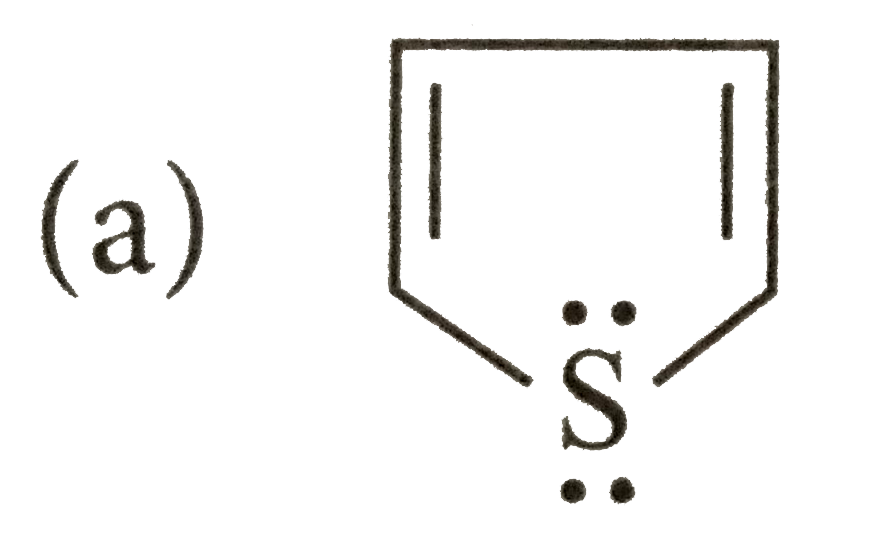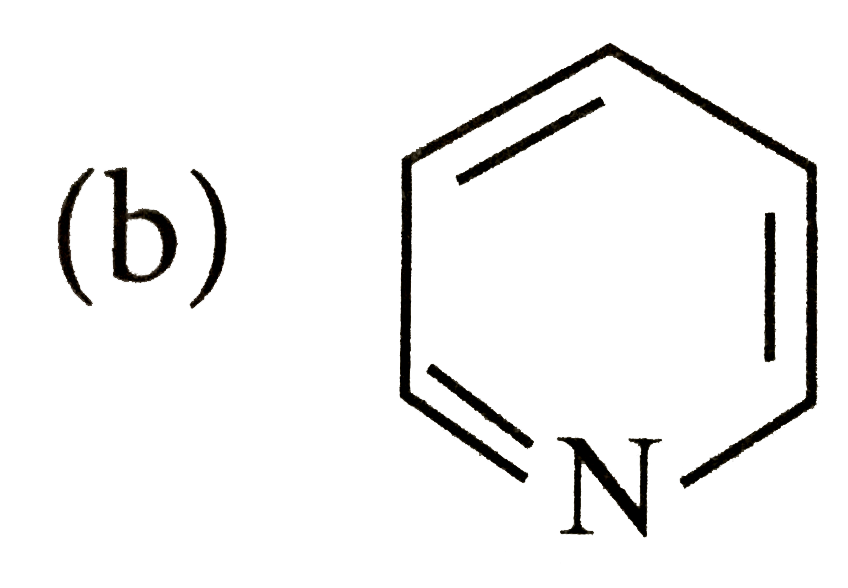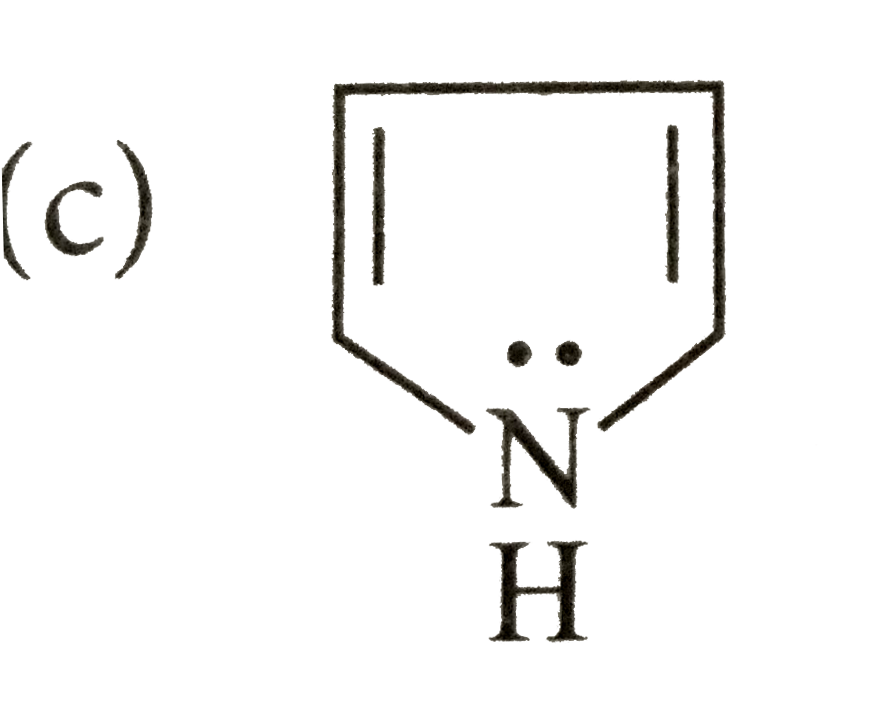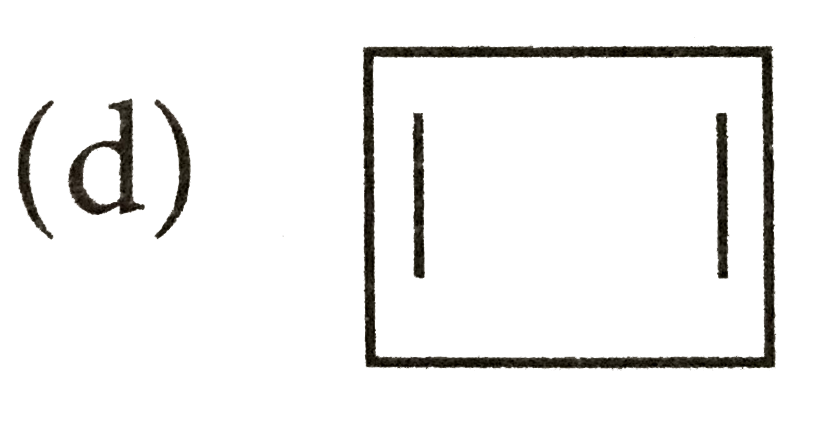Which of the following ionic/molecular species does not disproportionate in water at room temperature?
NO2
Cu+
MnO2−4
Ca(Ocl)Cl
The correct Answer is:D
To determine which of the following ionic/molecular species does not disproportionate in water at room temperature, we need to analyze the reactions of each species with water and check for any changes in oxidation states.
1. Understanding Disproportionation:
Disproportionation is a type of redox reaction where a single species is simultaneously oxidized and reduced, resulting in two different products.
2. Analyzing NO2:
- When NO2 reacts with water, it forms HNO3 (oxidation state +5) and HNO2 (oxidation state +3).
- Here, nitrogen in NO2 (oxidation state +4) is oxidized to +5 and reduced to +3.
- Since both oxidation and reduction occur, NO2 undergoes disproportionation.
3. Analyzing Cu+:
- Cu+ in aqueous solution reacts with water to form Cu2+ (oxidation state +2) and Cu (oxidation state 0).
- Cu+ is oxidized to Cu2+ and reduced to Cu.
- This indicates that Cu+ also undergoes disproportionation.
4. Analyzing MnO4^2-:
- MnO4^2- reacts with water to form MnO4- (oxidation state +7) and MnO2 (oxidation state +4).
- Manganese in MnO4^2- (oxidation state +6) is oxidized to +7 and reduced to +4.
- Hence, MnO4^2- also undergoes disproportionation.
5. Analyzing Ca(OCl)2:
- When Ca(OCl)2 reacts with water, it forms Ca^2+ (oxidation state +2), Cl^- (oxidation state -1), and OCl^- (oxidation state -1).
- Here, the oxidation states of all species remain the same: Ca remains +2, Cl remains -1, and OCl remains -1.
- Since there are no changes in oxidation states, Ca(OCl)2 does not undergo disproportionation.
6. Conclusion:
Based on the analysis, the species that does not disproportionate in water at room temperature is Ca(OCl)2 (option 4).
Final Answer:
Ca(OCl)2 does not undergo disproportionation in water at room temperature.
---
Disproportionation is a type of redox reaction where a single species is simultaneously oxidized and reduced, resulting in two different products.
- When NO2 reacts with water, it forms HNO3 (oxidation state +5) and HNO2 (oxidation state +3).
- Here, nitrogen in NO2 (oxidation state +4) is oxidized to +5 and reduced to +3.
- Since both oxidation and reduction occur, NO2 undergoes disproportionation.
- Cu+ in aqueous solution reacts with water to form Cu2+ (oxidation state +2) and Cu (oxidation state 0).
- Cu+ is oxidized to Cu2+ and reduced to Cu.
- This indicates that Cu+ also undergoes disproportionation.
- MnO4^2- reacts with water to form MnO4- (oxidation state +7) and MnO2 (oxidation state +4).
- Manganese in MnO4^2- (oxidation state +6) is oxidized to +7 and reduced to +4.
- Hence, MnO4^2- also undergoes disproportionation.
- When Ca(OCl)2 reacts with water, it forms Ca^2+ (oxidation state +2), Cl^- (oxidation state -1), and OCl^- (oxidation state -1).
- Here, the oxidation states of all species remain the same: Ca remains +2, Cl remains -1, and OCl remains -1.
- Since there are no changes in oxidation states, Ca(OCl)2 does not undergo disproportionation.
Based on the analysis, the species that does not disproportionate in water at room temperature is Ca(OCl)2 (option 4).
Ca(OCl)2 does not undergo disproportionation in water at room temperature.
Topper's Solved these Questions
- BOOK - VK JAISWAL ENGLISHCHAPTER - TYPES OF REACTIONSEXERCISE - LEVEL 344videos
TYPES OF REACTIONS
- BOOK - VK JAISWAL ENGLISHCHAPTER - TYPES OF REACTIONSEXERCISE - ONE OR MORE ANSWERS IS/ARE CORRECT40videos
TYPES OF REACTIONS
- BOOK - VK JAISWAL ENGLISHCHAPTER - TYPES OF REACTIONSEXERCISE - SUBJECTIVE PROBLEMS42videos
TYPES OF REACTIONS
- BOOK - VK JAISWAL ENGLISHCHAPTER - s-BLOCK ELEMENTSEXERCISE - SUBJECTIVE PROBLEMS2videos
s-BLOCK ELEMENTS
Similar Questions
Knowledge Check
- Question 1 - Select One
Which of the following elements does not show disproportionation tendency?
AClBBrCFDI - Question 2 - Select One
Which of the following species does not show aromaticity?
A B
B C
C D
D
Which of the following examples does not represent disproportionation ?
View SolutionWhich of the following elements does not show disproportionation tendency?
View SolutionWhich of the following elements does not show disproportionation tendency?
View SolutionWhich of the following molecular species has unpaired electrons(s) ? .
View SolutionIn which of the following molecular species σ− dative bond is present?
View SolutionWhich of the following species does / do not exist ?
View Solution

